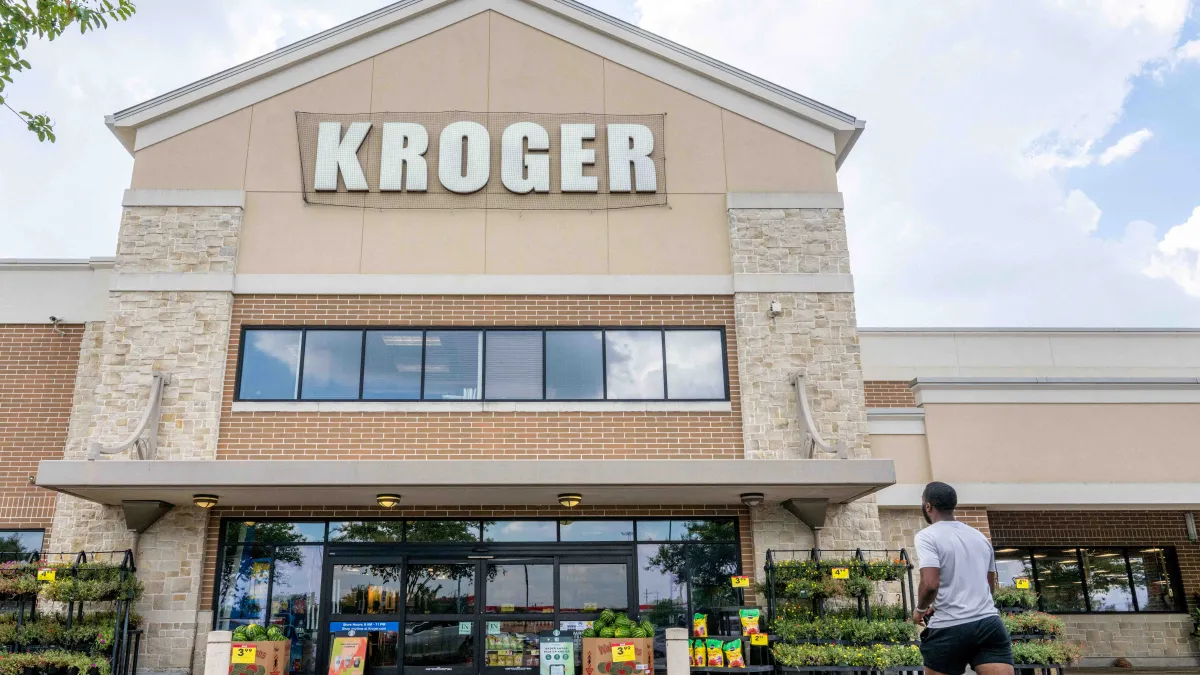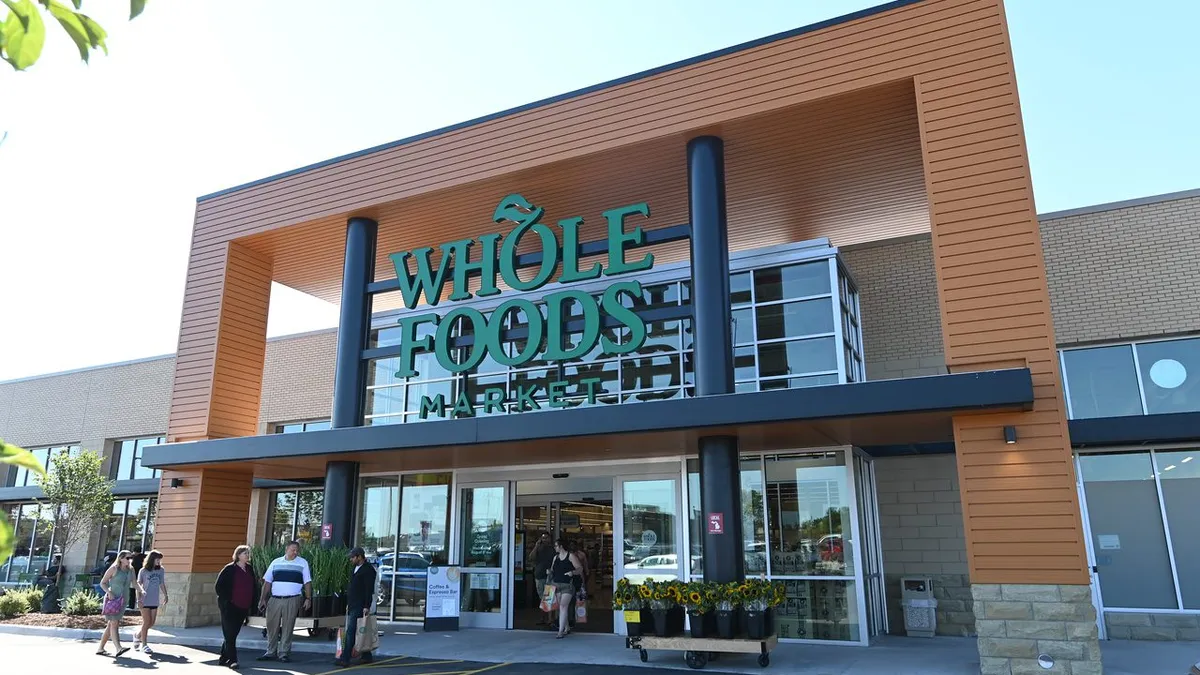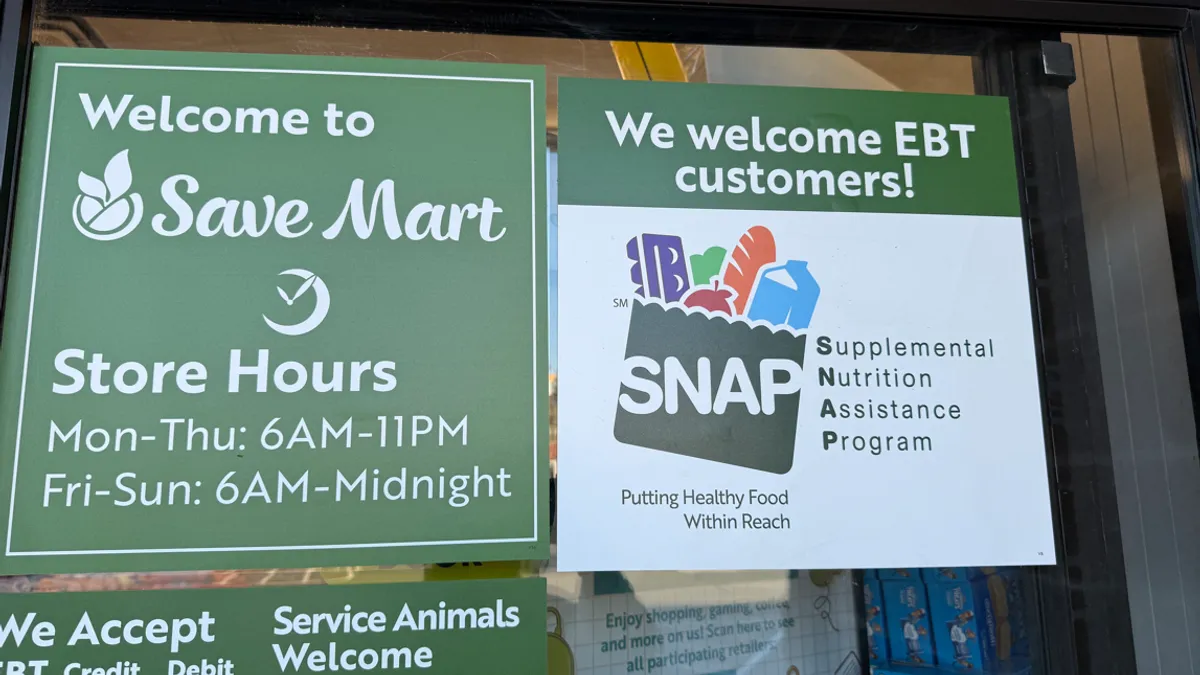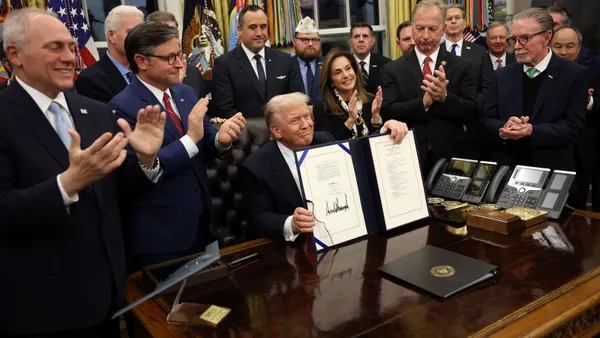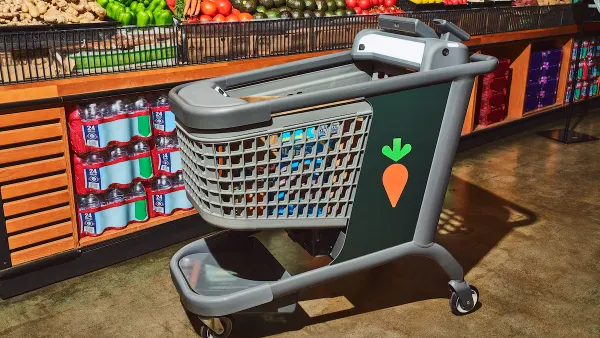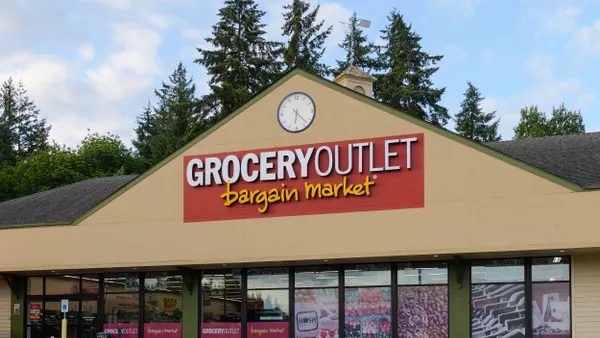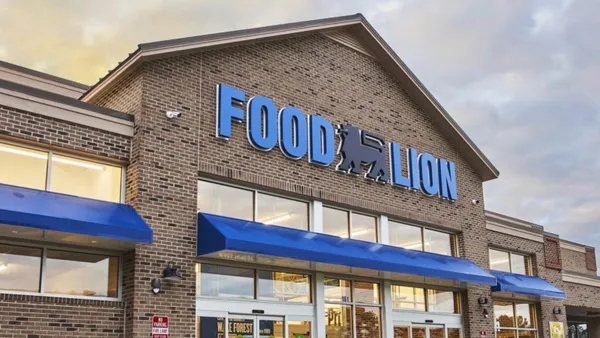Dive Brief:
- Kroger plans to close about 60 underperforming stores by the end of 2026 as a part of a broad effort to improve its performance, the company announced Friday.
- Identical-store sales growth excluding fuel came in at 3.2% during the company’s first fiscal quarter of 2025, driven by strong sales in pharmacy and fresh departments, the grocer reported during an earnings call on Friday morning. Sales were off slightly during the period, to $45.1 billion.
- Kroger expects to complete 30 store projects in 2025 and intends to speed up new store openings in 2026, Chairman and interim CEO Ron Sargent said during the call.
Dive Insight:
Kroger is moving ahead with an effort to tweak its store portfolio and improve its financial picture in connection with a larger program aimed at making the company more competitive, both online and through its brick-and-mortar locations.
“We are reassessing our capital allocation strategy to make sure we are spending our capital on projects that offer the highest returns,” Sargent told investors on Friday. “We are reviewing our non-core assets, we’re aggressively looking for ways to reduce costs throughout the company, and we expect to reinvest those cost savings directly into lower prices and additional store hours for our associates so that they can better serve customers.”
CFO David Kennerley said Kroger expects to see a “modest financial benefit” from the storeclosures, which Sargent said would be spread across the country and occur in “ones and twos” by division. Kroger said it will offer jobs in other stores to employees at the affected locations.
Kroger operated 2,731 supermarkets as of Feb. 1, according to the company’s most recent annual report.
Kroger recorded a $100 million impairment charge during the quarter due to the slated closures but said the charge would not impact its full-year guidance because it plans to reinvest the savings into the experience it offers customers.
Sargent noted that while the company generally evaluates individual store performance annually, it paused its annual store review process and put off closing locations while it was trying to merge with Albertsons.
He said that opening new stores is the “biggest driver of market share” for Kroger, noting that the company saw “very modest store growth” during the merger process.
Sargent said that while Kroger has recorded continued growth in its digital sales channels, its e-commerce business remains unprofitable — and he pledged to change that. The company saw digital sales rise 15% during Q1, and is “looking at every market, every element, and we’re working on a plan to address the performance in each one of those,” he said.
“Our customers are embracing the whole digital model of our business, and we are seeing improvements in profitability at an increasing rate,” Sargent said about its online operations. “We must become profitable on the e-commerce side of the business. And we’ve got a lot of work to do.”
Kroger also said Friday that it has raised its expectations for identical store sales growth for its current fiscal year. The company now projects that its identical store sales will increase between 2.25% and 3.25% during the year, up from its previous guidance of 2% to 3%.
Sargent said during the call that Kroger is continuing to search for a permanent CEO with the assistance of an executive search firm. He did not provide an update about how that process is unfolding.
Investors reacted positively to Kroger’s announcements Friday morning, pushing up the company’s stock price by more than 9% in early trading.



